buccaneerpaul
gamer level 3
734 xp
734 xp
followers
2
2
Use my invite URL to register (this will give me kudos)
https://boardgaming.com/register/?invited_by=buccaneerpaul
profile badges
recent achievements

Check Out My Favorites
Add 5 games to your Favorites list.
Add 5 games to your Favorites list.

Rated 10 Games
Rate 10 games you have played.
Rate 10 games you have played.

Gamer - Level 3
Earn Gamer XP to level up!
Earn Gamer XP to level up!

Reviewed My First Game
Submit a game review
Submit a game review






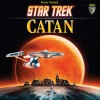






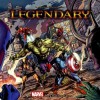
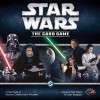





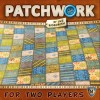

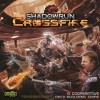

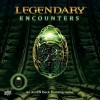



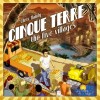
Patchwork
My girlfriend and I are always on the look out for good two player games. This is one of the best I’ve picked up in quite a while. It’s easy to learn, plays quickly, and is lots of fun.
The basic idea is that you are making a patchwork quilt. It’s a strange theme for a game, I admit, but that adds to it’s quirky charm. The play is reminiscent of Tetris, in that you have oddly shaped pieces that you attempt to put together in the most efficient way. Each turn you will have the option of buying one of three available pieces. You can also forego buying a piece and grab a few buttons (the currency of the game). When you buy a piece you add it to your quilt, represented by a grid on your play board. Some of the pieces have buttons “sewn” onto them which score you more buttons at intervals throughout the game.
Each button also has an associated time. The bigger tougher pieces take longer to add to you quilt. As you add a piece to your quilt, you move your piece along the time track which determines when the game ends. At the end of the game, players add up all their earned buttons, subtract some for any open spaces left on their grid and see who has the most buttons. You can also score a bonus for being the first player to fill a 7X7 grid without leaving any holes. That bonus has been the tipping point for victory in many of out games.
It may not be the deepest or most innovative game I’ve played this year, but it is one of our favorites. Patchwork provides a simple, elegant experience for two players and has plenty to draw you back for many future games.